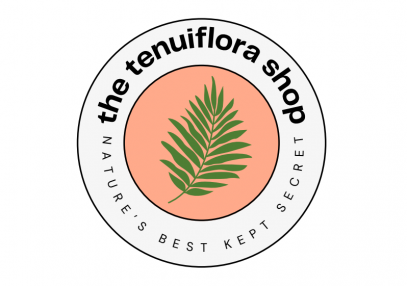Unlocking the Ancient Art of Botanical Dyes
Introduction
Did you know Mimosa Hostilis is an excellent natural dye? Its deep, rich pigments make it a top choice for DIY textile and soap makers. For centuries, Mimosa Hostilis Root Bark (MHRB) has been celebrated for its rich natural pigments, making it a staple in textile dyeing, art, and even handmade cosmetics. The bark contains high concentrations of tannins and flavonoids, which create deep, long-lasting colors without the need for harsh chemicals. Unlike synthetic dyes that rely on harsh chemicals, Mimosa Hostilis offers a completely natural, biodegradable alternative that not only delivers stunning color but also aligns with sustainable and eco-conscious practices.
If you’re looking for a vibrant, eco-friendly alternative to synthetic dyes, Mimosa Hostilis could be the perfect solution. In this guide, we’ll explore the color chemistry, traditional uses, and DIY techniques to help you bring nature’s hues into your creative projects.

Why Mimosa Hostilis is a Superior Natural Dye
MHRB is highly valued by artists, crafters, and natural skincare formulators for its intense color output and sustainability. Here’s why it stands out:
✅ Rich in Natural Pigments – The bark produces deep reddish-purple hues, which can range from soft pink to dark burgundy depending on the mordant used.
✅ Long-Lasting & Fade-Resistant – Unlike synthetic dyes, Mimosa Hostilis maintains its vibrancy for years without fading.
✅ Eco-Friendly & Non-Toxic – No harsh chemicals or heavy metals are needed to develop color, making it a safer choice for skin-contact fabrics.
✅ Versatile Use – Works beautifully on cotton, wool, silk, and even handmade paper.

How to Use Mimosa Hostilis for Natural Dyeing
Creating your own botanical dyes with MHRB is a rewarding process! Here’s a simple step-by-step guide to get started:
🌿 Step 1: Prepare the Dye Bath
- Crush or powder Mimosa Hostilis bark for faster color extraction.
- Place 50g of MHRB per liter of water in a stainless steel pot.
- Bring to a gentle simmer (not boil!) for 1-2 hours until the water turns a deep red.
🌿 Step 2: Mordanting Your Fabric (Optional)
- To enhance colorfastness, pre-treat fabric with a natural mordant like alum or iron salts.
- Soak for at least 1 hour before dyeing.
🌿 Step 3: Dyeing the Fabric
- Strain the bark pieces and immerse fabric in the dye bath for 30 minutes to 24 hours (depending on depth of color desired).
- Stir occasionally for even saturation.
🌿 Step 4: Rinse & Cure
- Remove the fabric and rinse gently with cold water.
- Let dry completely away from direct sunlight to set the color.

Creative Applications of Mimosa Hostilis Dye
Mimosa Hostilis dye isn’t just for fabrics! Try these unique ways to use it:
🎨 Handmade Paper & Bookbinding – Adds a vintage, earthy look to paper projects.
🎨 Leather Dyeing – Ideal for natural vegan leather alternatives.
🎨 Body Art & Temporary Tattoos – Used traditionally in tribal body painting.
🎨 Natural Paints & Ink – Perfect for DIY watercolor pigments and calligraphy inks.

Sourcing High-Quality Mimosa Hostilis for Dyeing
When purchasing Mimosa Hostilis, it’s essential to choose ethically sourced, chemical-free bark to ensure rich pigmentation and safe use.
Look for:
✔ 100% Pure Inner Root Bark – More pigment, better results.
✔ Sustainably Harvested Sources – Ethical farming practices.
✔ Shredded vs. Powdered – Shredded for slow dyeing, powdered for quick extraction.

Conclusion: Experience the Beauty of Nature’s Dye
Using Mimosa Hostilis as a natural dye is not only an eco-friendly choice but also a chance to reconnect with ancient traditions. Whether you’re dyeing fabrics, creating art, or experimenting with sustainable fashion, this botanical powerhouse offers endless creative possibilities. With its rich history, vibrant hues, and eco-friendly properties, Mimosa Hostilis Root Bark continues to be a timeless choice for artists, crafters, and sustainability-conscious creators looking to bring nature’s beauty into their work.
🛍 [Check out our premium Mimosa Hostilis Root Bark for your next project!]
